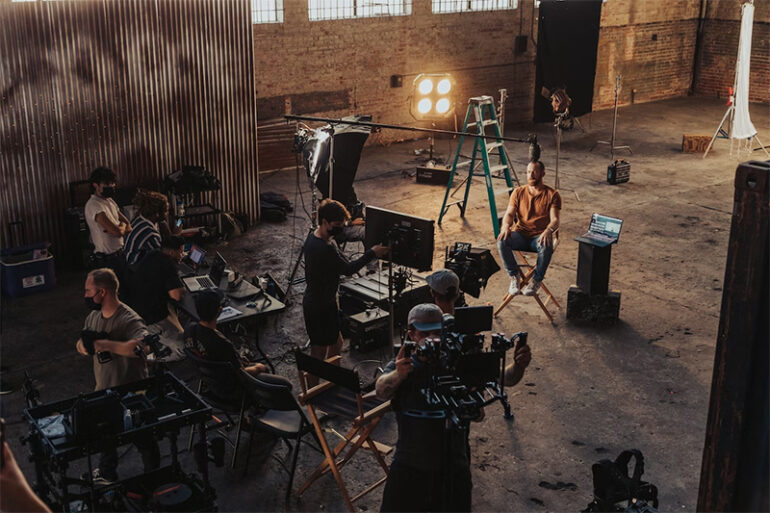Cinematic art is the imaginative use of film to tell stories and express emotions. Lighting, camera angles, sound design, editing, and acting are some examples of technical and creative components that come together to make a coherent and powerful visual tale.
The power of film to articulate narratives through animated visuals and sounds has made it a powerful cultural force for more than a hundred years. However, it has become more accessible and diversified than it has ever been because of the development of digital technology and the emergence of streaming services, offering movie makers a vibrant palette on which they can express their creative concepts and perspectives.
A brief overview of cinematic art
Innovators like Thomas Edison and the Lumière brothers created the means to record and exhibit moving images in the latter part of the nineteenth century, marking the beginning of cinema. Since then, movie makers worldwide have explored various styles, genres, and methodologies, transforming cinema into an increasingly sophisticated and varied art form.
The artistic merits of cinema
The aesthetics of cinematic art are crucial because cinema is a highly visual medium. Filmmakers use a variety of strategies to develop a unique visual language that strengthens the narrative and emotional effect of their work, from the use of color and lighting to the design of shots and the camera’s movement.
Techniques used in creating films
Various technical methods are also used in cinematic art to enable filmmakers to express stories uniquely and compellingly. These involve, among others, editing, sound design, and visual effects. For instance, sound design can improve the tone and ambiance of a scene, whereas editing might provide a feeling of pacing, excitement, or emotion.
The influence of film on social and cultural life
Since its conception, cinematic art has significantly influenced culture and society. Films can take audiences to other periods and locations, allowing them to experience various viewpoints and develop a deeper awareness of their surroundings. Films frequently address significant problems like social justice, human rights, and environmental consciousness, making cinema a powerful tool for social and cultural transformation. Numerous movies have also significantly influenced contemporary society, affecting current developments and altering how people feel and act. They have contributed significantly to forming our shared cultural awareness, whether through classic film characters or memorable soundtracks. Additionally, movies have significantly impacted society. Since the film industry has employed countless people worldwide, it is considered one of the most lucrative businesses. Due to this, the movie industry has become a significant contributor to the development and growth of the economy, particularly in regions where it is a dominant employer. As a result, the movie industry’s influence on human society and culture is broad and multifaceted, influencing both the social and economic sectors.
Cinematic art is a dynamic and influential approach to visual storytelling that incorporates technological and creative elements to produce a seamless and compelling tale. As a result, cinema has the ability to influence our views, question our ideas, and encourage us to view the world in fresh and original ways, from its modest origins in the late 19th century to its current prominence as a worldwide art form.
Photo Attribution:
1st and featured image from https://unsplash.com/photos/xKfS7Hll0Ck
2nd image from https://unsplash.com/photos/Hn3S90f6aak

